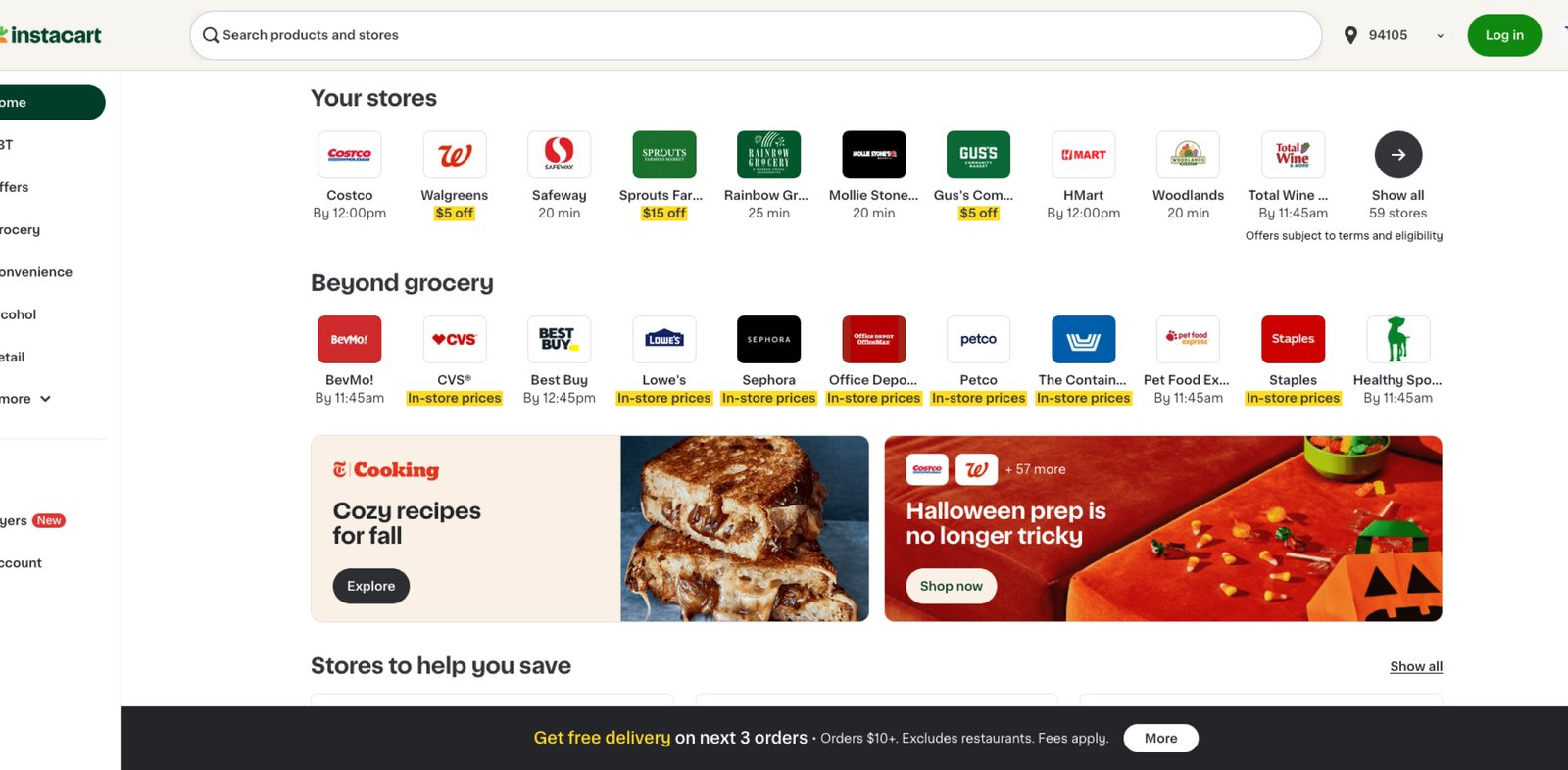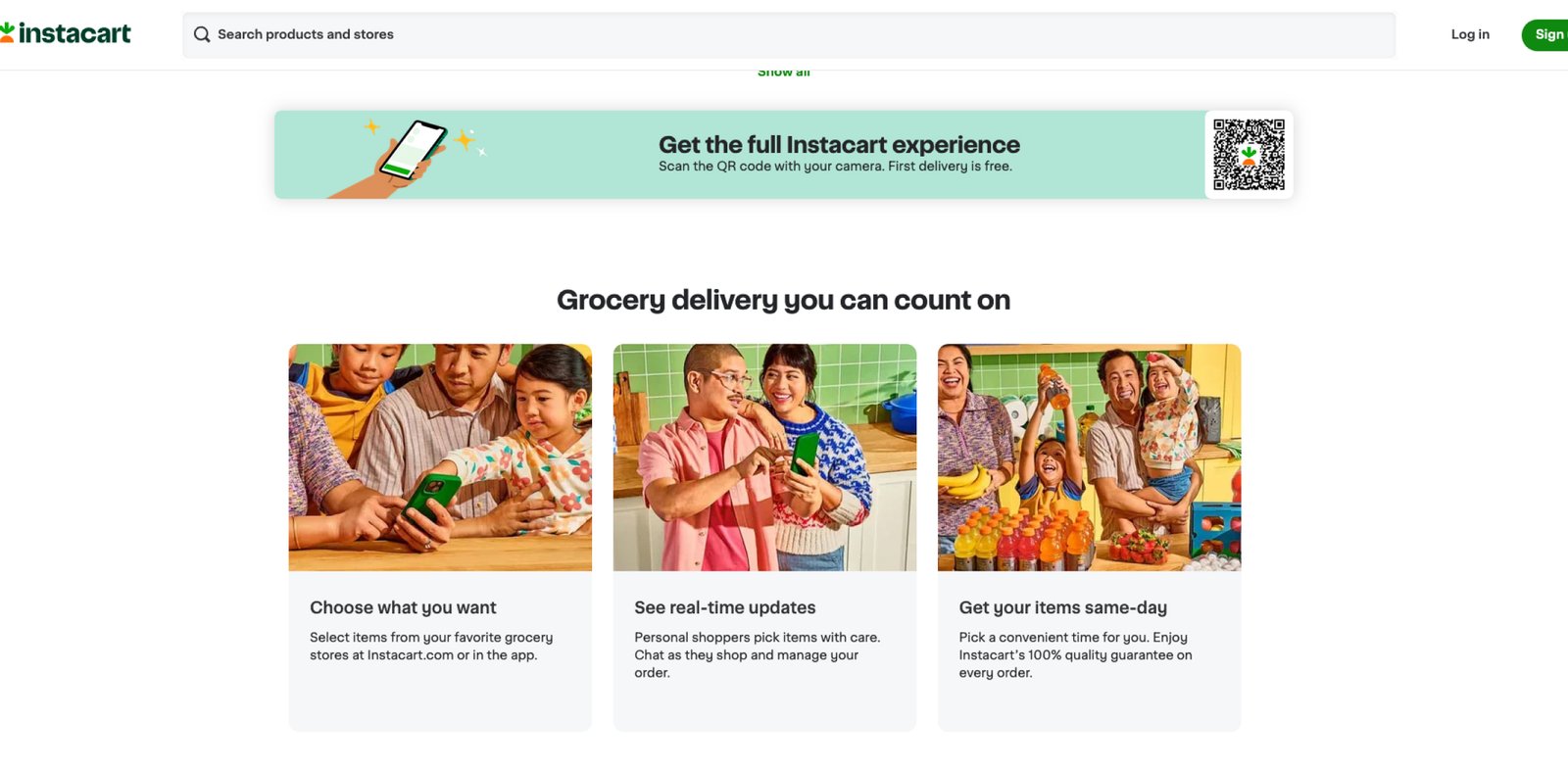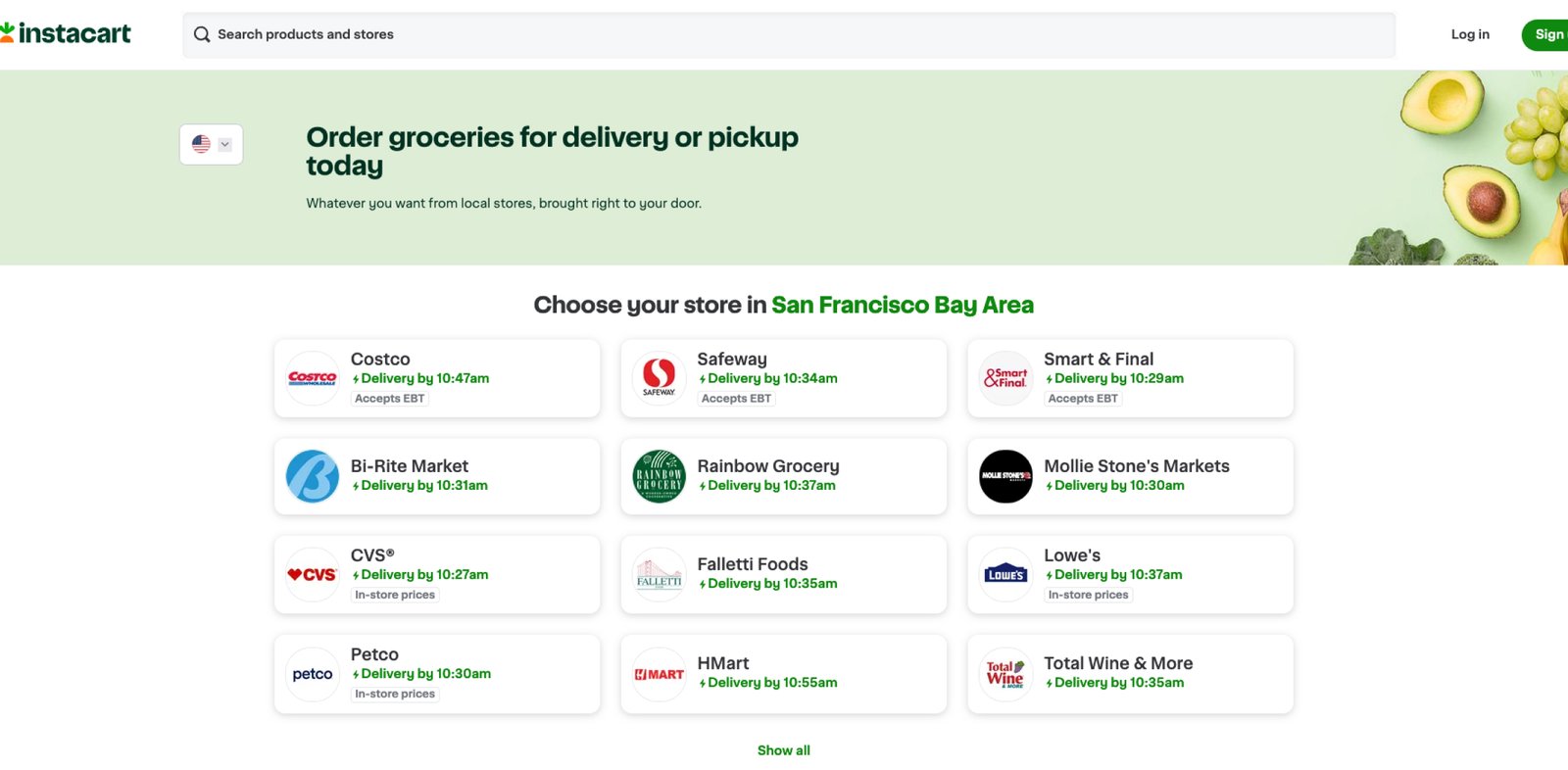Instacart
Instacart is a leading online grocery delivery and pick-up service in North America. The company partners with various retailers to offer customers same-day delivery or scheduled grocery orders. Instacart’s platform enables users to shop for groceries and other essential items from a variety of stores, including national chains and local specialty shops, with delivery or pick-up options.
Product/Service
Online grocery delivery and pick-up
Industry
E-commerce
Financing
Venture Backed
Sales
4M MAU
Revenue
$3B
Challenge
Target
Instacart primarily targets busy individuals, families, and professionals seeking convenience in grocery shopping. It caters to people who prefer online shopping, value time-saving services, or have limited mobility.
The Idea
The concept behind Instacart’s creation was to make grocery shopping more convenient by allowing customers to order from their favorite local stores and have their items delivered to their doorstep or ready for pick-up, all within a few hours.


Strategy
Product Offerings
Instacart offers a wide variety of grocery and household items, including fresh produce, pantry staples, personal care products, and specialty items. The service also provides alcohol delivery in select markets. Customers can shop from a range of stores via the app or website, with options for same-day delivery or scheduled pick-up.
Brand Messaging
Instacart’s core messaging emphasizes convenience, time-saving, and accessibility in grocery shopping. It positions itself as a service that brings groceries and everyday essentials to customers’ doorsteps quickly and reliably.
Visual Identity
Instacart’s visual identity includes a green and white color scheme, representing freshness and simplicity. The logo features a carrot symbol, symbolizing groceries and a healthy lifestyle, with a modern and clean design that is easily recognizable across its platforms.
Social Media
Instacart’s social media strategy emphasizes customer engagement, convenience, and informative content across its channels. It positions itself as a go-to platform for sharing grocery shopping tips, promoting seasonal deals, and showcasing fresh products.


Marketing
Instacart’s marketing strategy revolves around digital advertising, strategic partnerships, and customer loyalty programs. The company utilizes targeted social media campaigns, influencer collaborations, and promotional offers to attract new customers and retain existing ones.
This strategy revolves around four key pillars: convenience, partnerships, customer experience, and brand awareness. These pillars have helped Instacart carve out a unique space in the e-commerce industry, resonating with consumers who value fast delivery and seamless shopping experiences.
Social Media
176K
TikTok
75K
426K
Twitter (X)
65K
YouTube
35K
215K
Convenience
Instacart’s marketing emphasizes the ease and speed of its service. The company promotes features like same-day delivery, scheduled pick-up, and real-time order tracking, highlighting the benefit of having groceries delivered in as little as an hour. Marketing campaigns often focus on busy families, working professionals, and people who want to avoid the hassle of grocery shopping. Instacart also frequently offers promotional discounts to encourage first-time users to try the service.
Partnerships
Instacart’s extensive partnerships with national chains, local grocery stores, and specialty retailers are a key pillar of its marketing strategy. By partnering with well-known retailers such as Costco, Kroger, and Safeway, the company enhances its credibility and reach. Co-branded promotions with these retailers help to attract new customers who already shop at these stores. These collaborations often extend to exclusive deals and rewards for loyalty program members, further driving engagement and user acquisition.
Customer Experience
A significant aspect of Instacart’s marketing is its focus on delivering a superior customer experience. The company invests in user-friendly app and website interfaces, quick issue resolution through customer support, and a rating system for personal shoppers to maintain high service quality. Marketing messages frequently highlight positive customer reviews and testimonials. Instacart offers subscription options like Instacart+ (formerly Instacart Express), which provides perks like free delivery on orders over a certain amount, appealing to frequent users.
Brand Awareness
Instacart employs a multi-channel approach to raise brand awareness. Digital advertising across social media platforms, search engines, and streaming services helps capture the attention of potential customers. The company also leverages influencer marketing, partnering with social media personalities who showcase how Instacart fits into their busy lifestyles. These influencers often share promo codes, which drive traffic and increase new user sign-ups. Additionally, Instacart invests in content marketing, creating blogs and video tutorials that provide shopping tips, recipes, and ways to use the platform effectively.

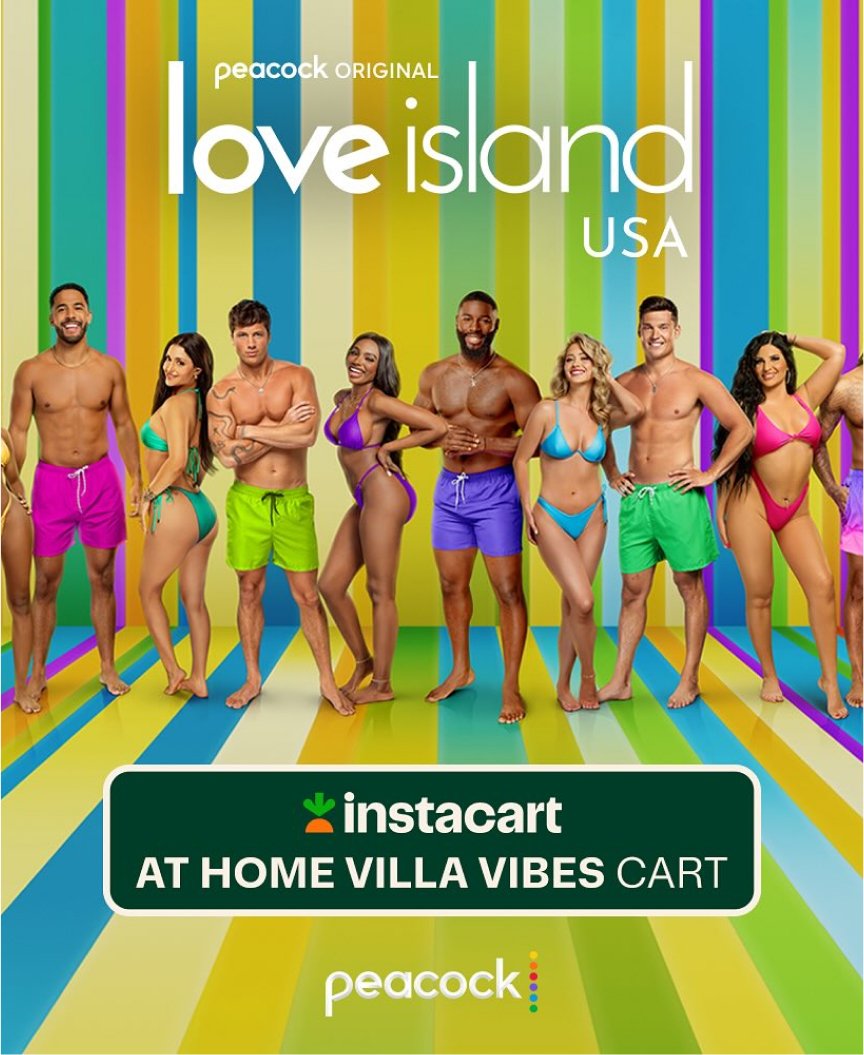
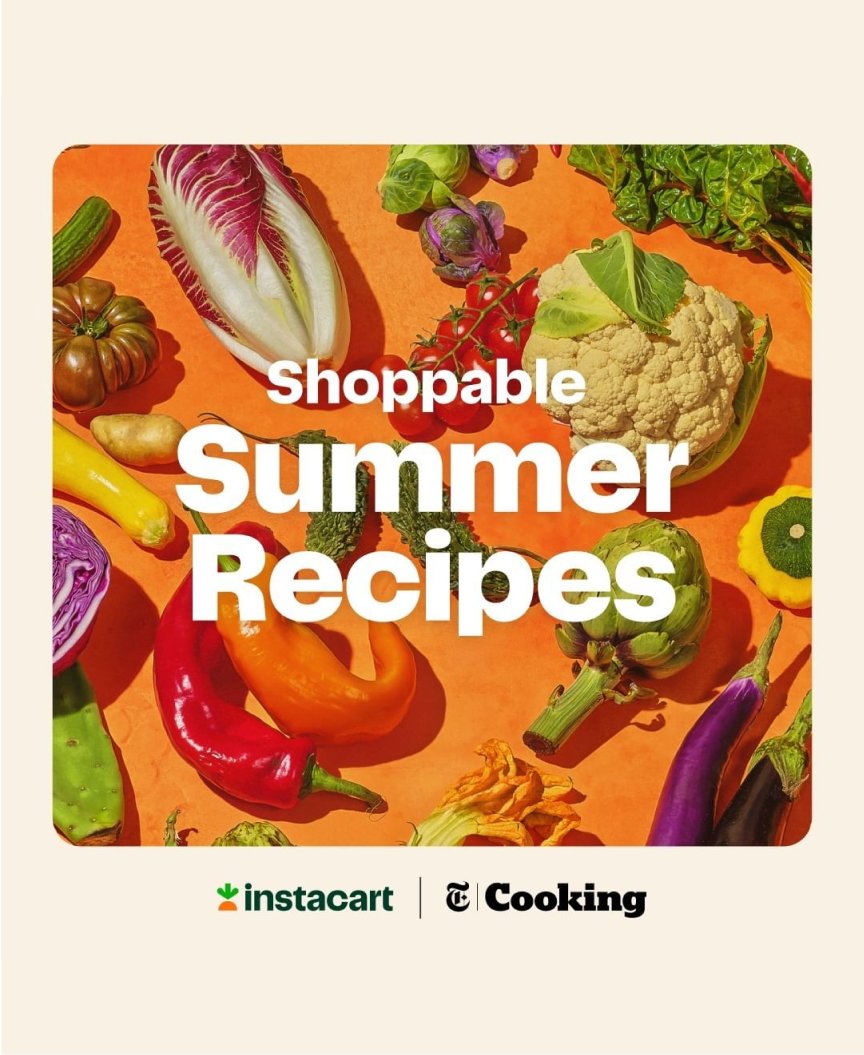
Website
Instacart’s website (www.instacart.com) provides an intuitive user interface for customers to browse and order groceries from various stores. The site features a search function, personalized recommendations, and options for scheduling deliveries or pickups.
The website includes a clean design with easy navigation, clear categorization of products, and a seamless checkout process. Users can create accounts, save favorite stores, and track orders in real time.
